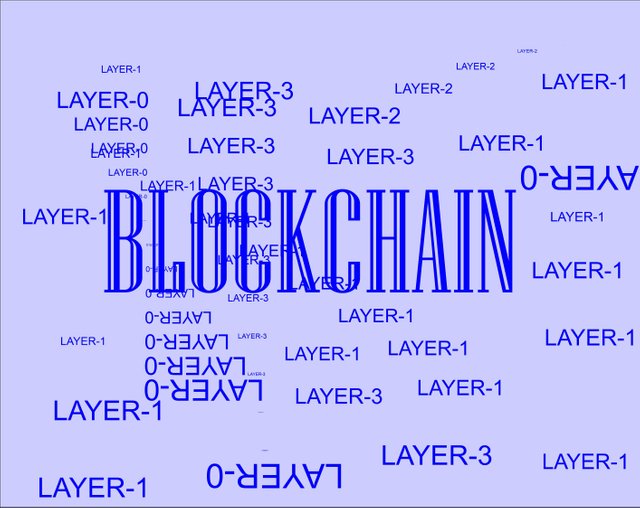Introduction to Structure blockchain
In the first lecture, I give a brief introduction to blockchain https://steemit.com/hive-183959/@ubaidenviro/surprising-fact-about-layer-3-blockchains-lecture-1. In this lecture, I will discuss the layered architecture of blockchain. As I described in lecture#1 the blockchain consists of four layers, Layer-0, Layer-1, Layer-2, and Layer-3. These layers work coordinately. All layers are interdependent. Each layer has its defined function but its main joint function is security, efficiency, and transparency.

Hardware Layer OR infrastructure layer
In the Blockchain system, the hardware layer consists of all physical infrastructure that works together in coordination to support the blockchain network. It mainly consists of servers, input devices, output devices, computers, storage devices, and other physical components. In the blockchain context, it is also known as nodes of the network. All kinds of processing are performed on this layer.
Data Layer
As blockchain is a decentralized network, data(transactions) are stored in the form of blocks and these blocks are placed on a P2P network. So a data layer is a layer where all kinds of information are stored systematically and securely in a centralized way. Blockchain uses a massively replicated database that is used to record transactions in the sequence of blocks i.e. blocks are a series of transactions.
